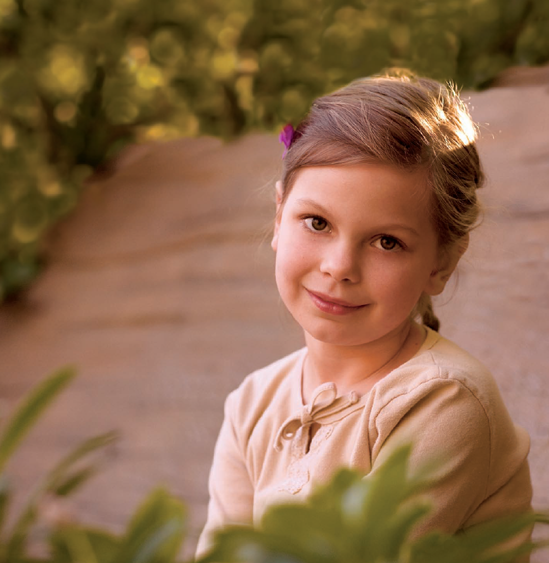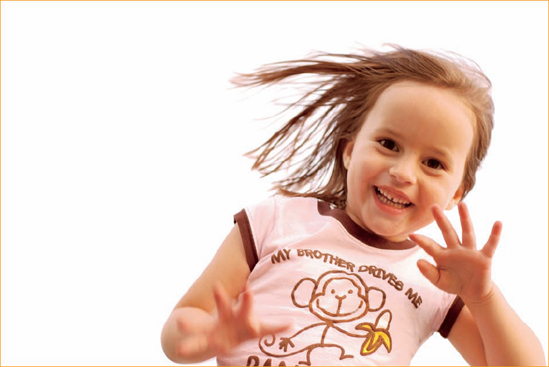Chapter 2. THE LOOK OF A PHOTOGRAPH

You Don't Need to Know Everything
Going Beyond Automatic: Exposure Basics
Shutter Speed
Aperture
ISO
Depth of Field
Using Program Modes
What Do You Want?
While intimidating at first, learning the more technical aspects of photography and how to use your camera will, in the end, give you more tools to create with. These tools help you repeat those lucky shots you get from time to time and, later on, to realize your creative vision for photographing children.
If you are a beginner, try working through the assignments at the end of each chapter using your camera's automatic mode and auto focus. Then, when you feel the need to stretch a bit, you can decide whether you want to proceed and make more choices by placing your camera into specific program modes or possibly even working in manual mode. If you have a point-and-shoot camera that limits your choices, you can still apply much of the information in this book. As you read through the book, notice that under each photograph there is a description of the image as well as technical information provided that gives you a clue as to how the photographer got that shot, as in 2-1. This chapter helps you understand what those numbers mean and how they can affect the look of every photograph you take.

Figure 2-1. ABOUT ...
Get PHOTOGRAPHING CHILDREN PHOTO WORKSHOP now with the O’Reilly learning platform.
O’Reilly members experience books, live events, courses curated by job role, and more from O’Reilly and nearly 200 top publishers.

